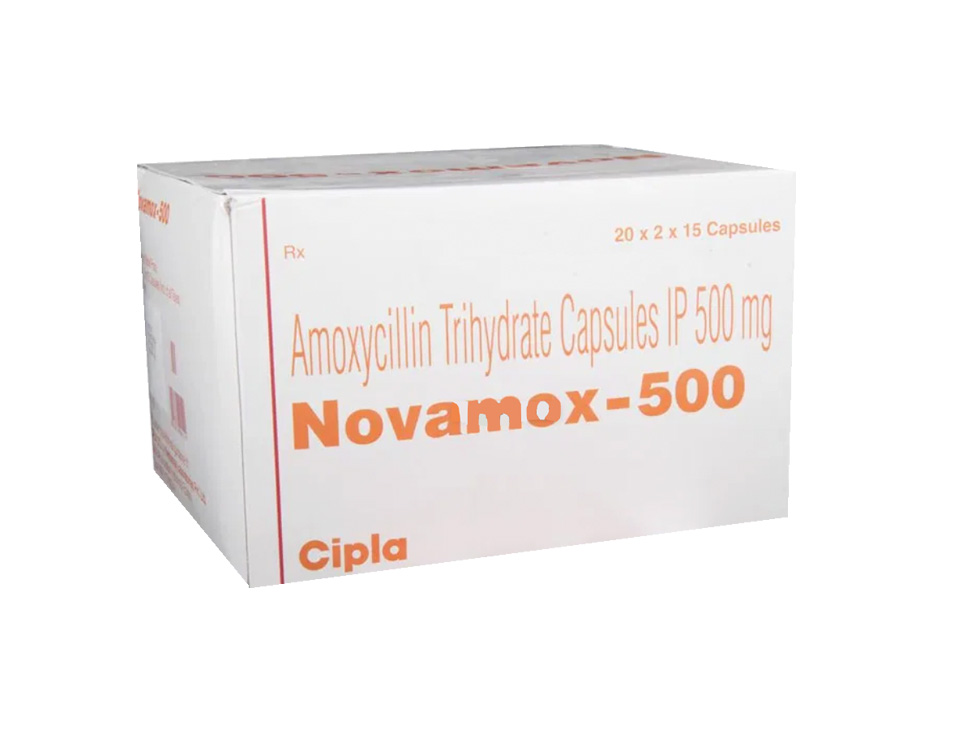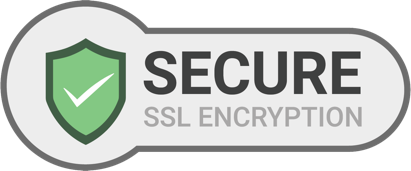
Generic Name : Amoxicillin
Manufactured By : Approved Indian Generic
℞ Prescription Required
PREPPERS-CLICK-HERE-TO-ORDER-FIRST-TIME
Be prepared with Amoxicillin 250mg and 500mg capsules
Amoxicillin is a penicillin-type drug
| Common Infection (non-sever) | Common Dosing Schedule (adult) | Common Duration of Treatment | Other Antibioc Options? |
| Ear, Nose, and throat | 500mg every 12 hours or 250mg every 8 hours | 5 to 10 days | Amoxicillin is a first line treatment - also Amox/Clav |
| Urinary Tract | 500mg every 12 hours or 250mg every 8 hours | 5 to 10 days | Require a urine test to know which is the best antibiotic for your specific UTI |
| Mild Skin Infection | 500mg every 12 hours or 250mg every 8 hours | 5 to 10 days | Amoxicillin is a first line threatment along with Cephalexin |
| Lower Respiratory Infection | 500mg every 8 hours or 850mg every 12 hours | 5 to 10 days | Amoxicillin, Tetracycline, Azithromycin (Zpac), Doxycycline and Clarithromyin (Biaxin) are all first line therapies for lower respiratory infections |
Usually there are no side effects with amoxicillin but the most common ones include:
See your doctor if you have any serious side effects.
Amoxicillin can interact with the following medicines
Amoxicillin trihydrate is a white or almost white powder used to treat infections caused by susceptible organisms. Amoxicillin comes in 250 mg and 500 mg strengths and is available in packs of 12, 20, 100, and 800 capsules. It can also prevent bacteremia linked to procedures such as dental extraction in patients at risk of developing bacterial endocarditis.
Amoxicillin should be used cautiously in patients with lymphatic leukemia, as they are prone to developing amoxicillin-induced skin rashes.
This medication is unsuitable for treating bacterial infections in patients with viral infections and experiencing sore throat, pharyngitis, or infectious mononucleosis.
| Adults | Children (Under 20KG) | |
|---|---|---|
| Upper respiratory tract infections | 250 mg every 8 hours. | 25 mg/kg/daily in equally divided doses every 8 hours. |
| Lower respiratory tract infections | 500 mg every 8 hours. | 50 mg/kg/daily equally divided doses every 8 hours. |
| Urethritis (Due to Neisseria gonorrhoeae) | 3 g as a single dose | NA |
| Lower urinary tract infections | 3 g as a single dose. | Exact dosage as adults. |
| High Dosage Therapy | The most you should take by mouth is 6 grams daily, divided into smaller amounts. For severe or recurring pus-filled respiratory tract infections, adults can take 3 grams two times a day. |
| Adult | Children (Under 10) | Children (Under 5) | |
|---|---|---|---|
| Patient without a general anesthetic | Take 3g orally 1 hour before the procedure. If needed, a second dose may be taken 6 hours later. | Half the adult dose. | Quarter the adult dose |
| Patients with a general anesthetic (Oral antibiotics are considered to be appropriate) | Administer 3 g orally 4 hours before anesthesia, followed by 3 g orally (or 1 g amoxicillin/ampicillin IM if the dose is not tolerated) 6 hours after the initial dose. | Half Adult Dose | Quarter Adult Dose |
| Patients with a general anesthetic (oral antibiotics are considered not to be appropriate) | 1g Amoxicillin IM immediately before induction with 500 mg orally 6 hours later. | Half adult dose. | NA |
| Renal impairment in children under 40 kg | Creatinine clearance >30 ml/min: No adjustment necessary | Creatinine clearance 10 to 30 ml/min: 15 mg/kg given two times daily (maximum 500 mg/twice daily) | Creatinine clearance <10 ml/min: 15 mg/kg given as a single dose daily (maximum 500 mg) |
Note: Continue the treatment for at least 48 to 72 hours after the patient no longer shows symptoms or the bacteria are gone.

The product may appear different from
the product illustrated here

|

|

|

|